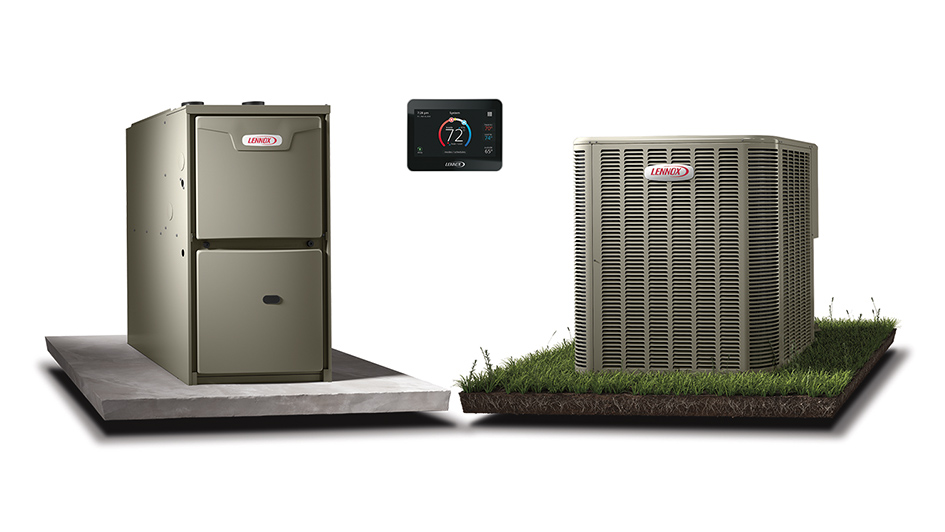
The idea of using both a furnace and heat pump may seem a little odd at first. After all, why would you need two heaters? Even though furnaces and heat pumps both deliver energy-efficient heat, the variations in their design really make using both of them a reasonable option. It’s not for all of us, but with the right conditions you could definitely benefit from using a furnace and a heat pump.
You’ll want to think about several factors in order to confirm if this type of setup works for you. Your local climate and the dimensions of your home are both very important, namely for the heat pump. This is because multiple models of heat pumps start to run less effectively in cooler weather and large homes. At the same time, you can still take advantage of heat pump installation in Port St. Lucie.
Heat Pumps May Be Less Efficient in Winter Weather
Heat pumps are typically less effective in cooler weather because of how they provide climate control to start with. As opposed to furnaces, which combust fuel to provide heat, a heat pump reverses its supply of refrigerant to pull heat from outdoor air. This heat is then brought inside and circulated throughout your home. As long as there is still some heat energy in the air, a heat pump will function. But the cooler the temperature, the less effective this process is.
The less heat energy is accessible outside, the more effort is required for a heat pump to pull heat indoors to generate your preferred temperature. It can depend on the specific make and model, but heat pumps can start to lose out on efficiency at temperatures of 40 degrees and under. They still remain an energy-efficient option until 20-25 degrees, at which a gas furnace should be more effective.
What Temperatures Do Heat Pumps Run Best In?
Heat pumps function best in temperate climates 40 degrees and up. That said, you don’t have to miss out on the benefits of a heat pump just because the local climate is cold. In fact, that’s why installing both a furnace and heat pump can be worth the expense. You can favor the heat pump for energy-efficient heat until the weather is cool enough to call for switching to something like a gas furnace.
Some makes and models boast greater efficiency in winter weather. For example, the Lennox MLA heat pump is capable of running at 100% capacity at 0°F. It can even remain efficient in temperatures as extreme as -22°F. For optimal energy efficiency, you’ll likely still want to switch to the furnace in especially cold weather.
So Should I Get a Heat Pump if I Use a Gas Furnace?
If you’re serious about maintaining the most energy-efficient HVAC system possible, having a heat pump and gas furnace at the same time warrants the investment. Not only is a dual-heating system adaptable, but it provides other benefits like:
- Dependable backup heating – A redundant heating system means even if one breaks down, you still have the capability to heat your home. It may not be the most energy efficient, but it’s better than living in an unheated home while you sit around for repairs.
- Reduced energy costs – The ability to decide which heating system you use depending on the highest energy efficiency decreases your total costs. Smaller heating bills over the life span of these heating systems can really add up to a lot of savings.
- Less strain on both systems – Instead of running one system all winter long, heating duties are split between the furnace and heat pump. Crucial hardware can last longer given that they’re not under continuous use.
If you’re still hesitant about heat pump installation in Port St. Lucie, don’t hesitate to reach out to your local professional technicians. They can evaluate your home’s comfort needs and help you figure out if a dual-heating HVAC system is the best option.




